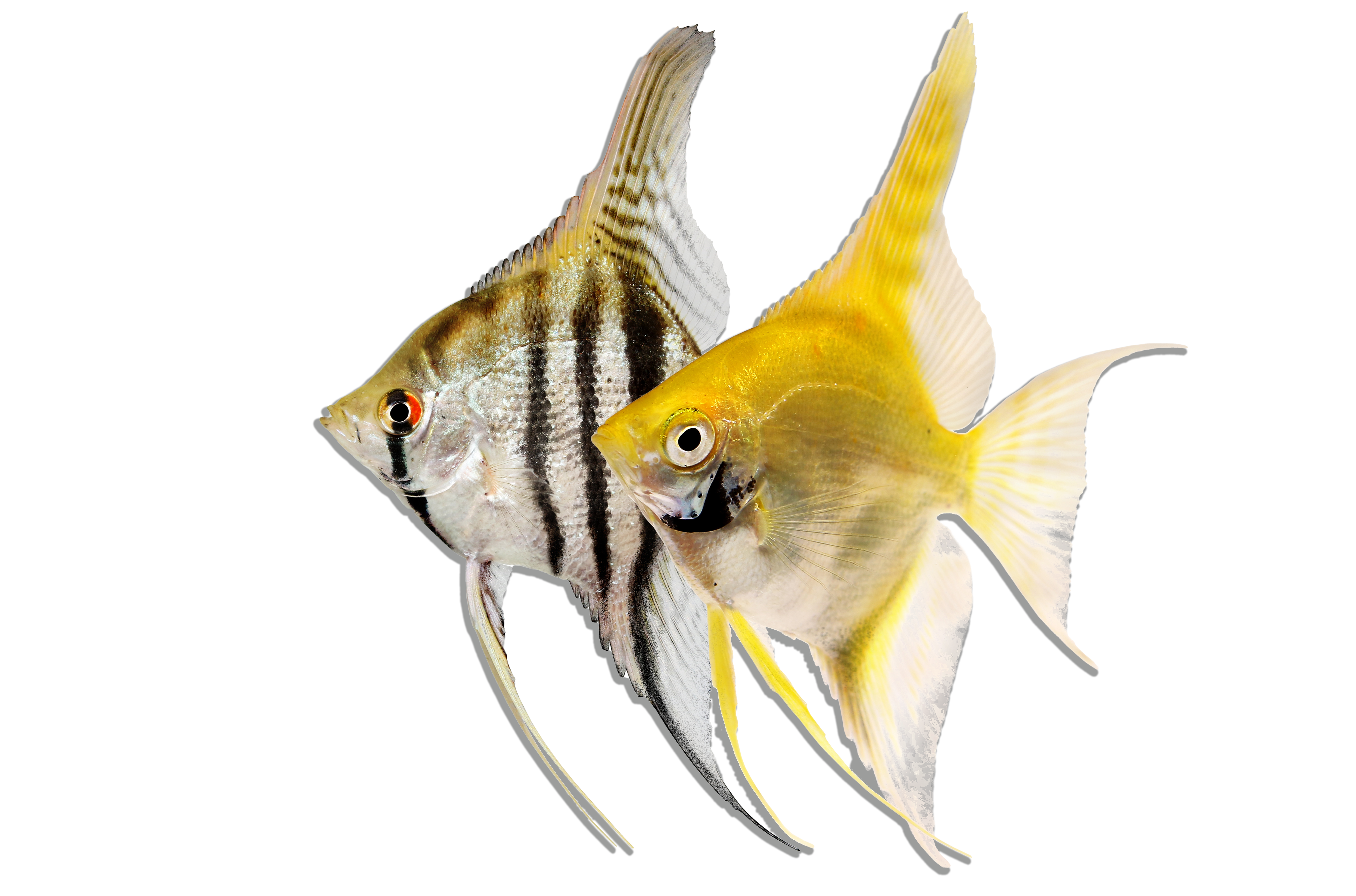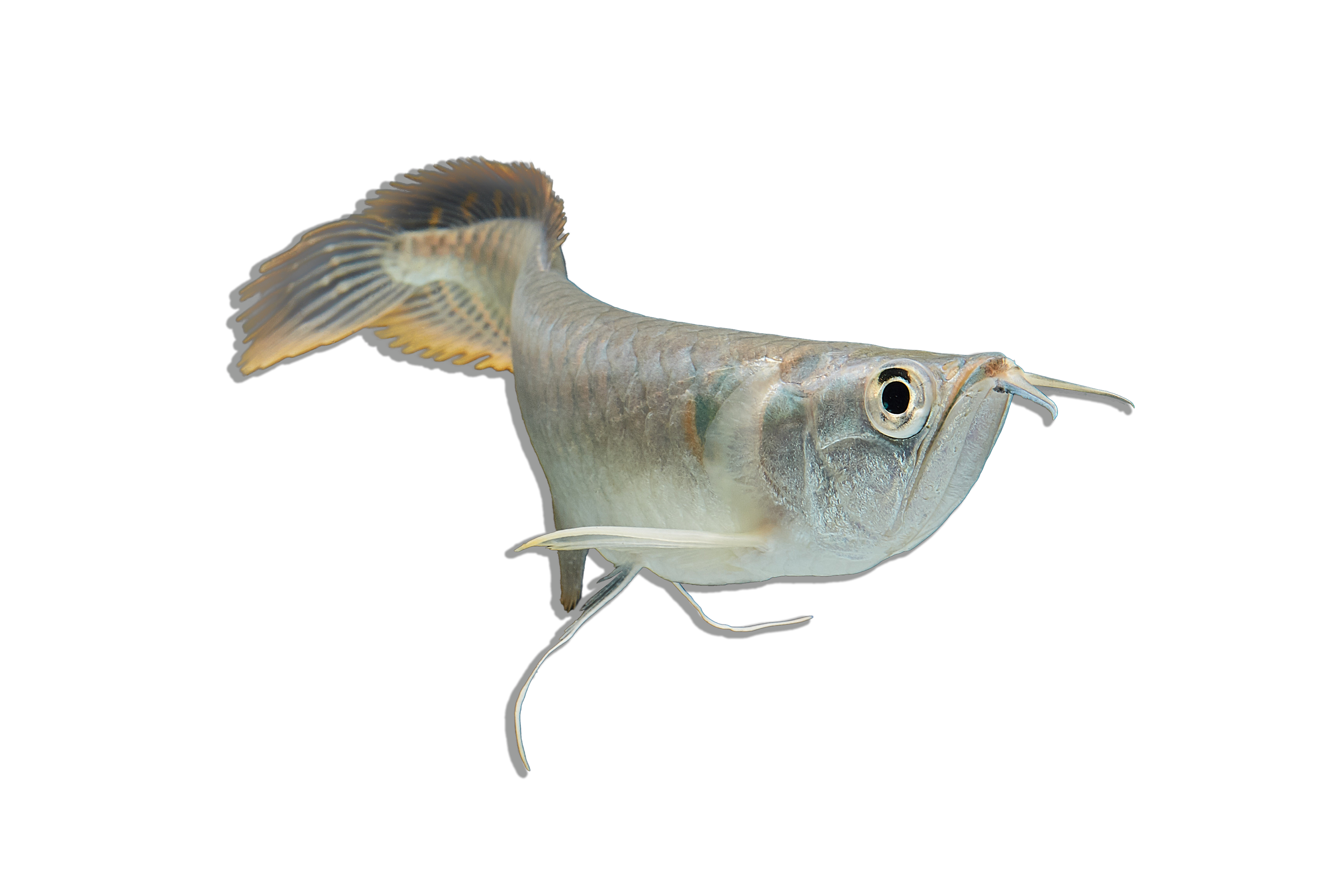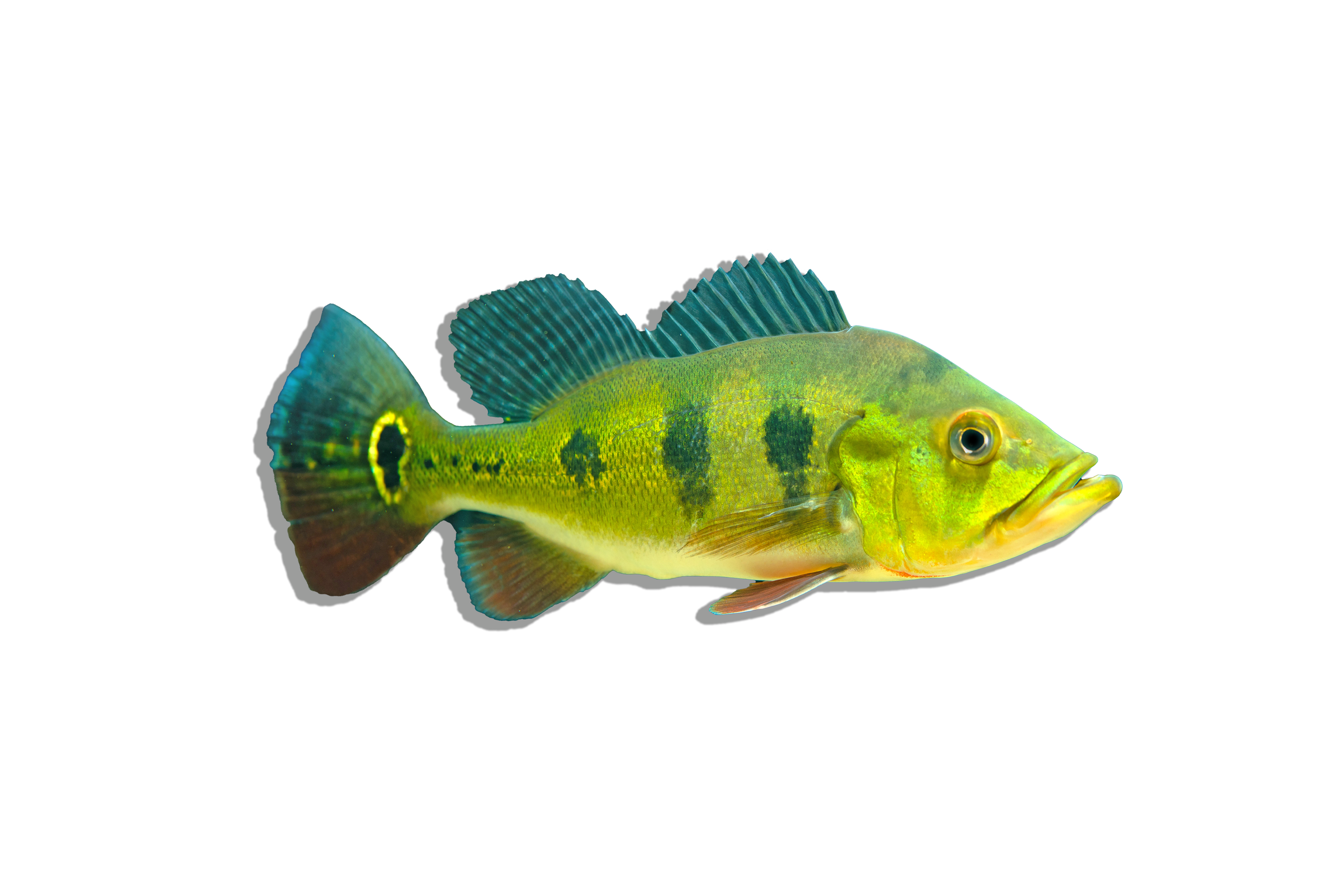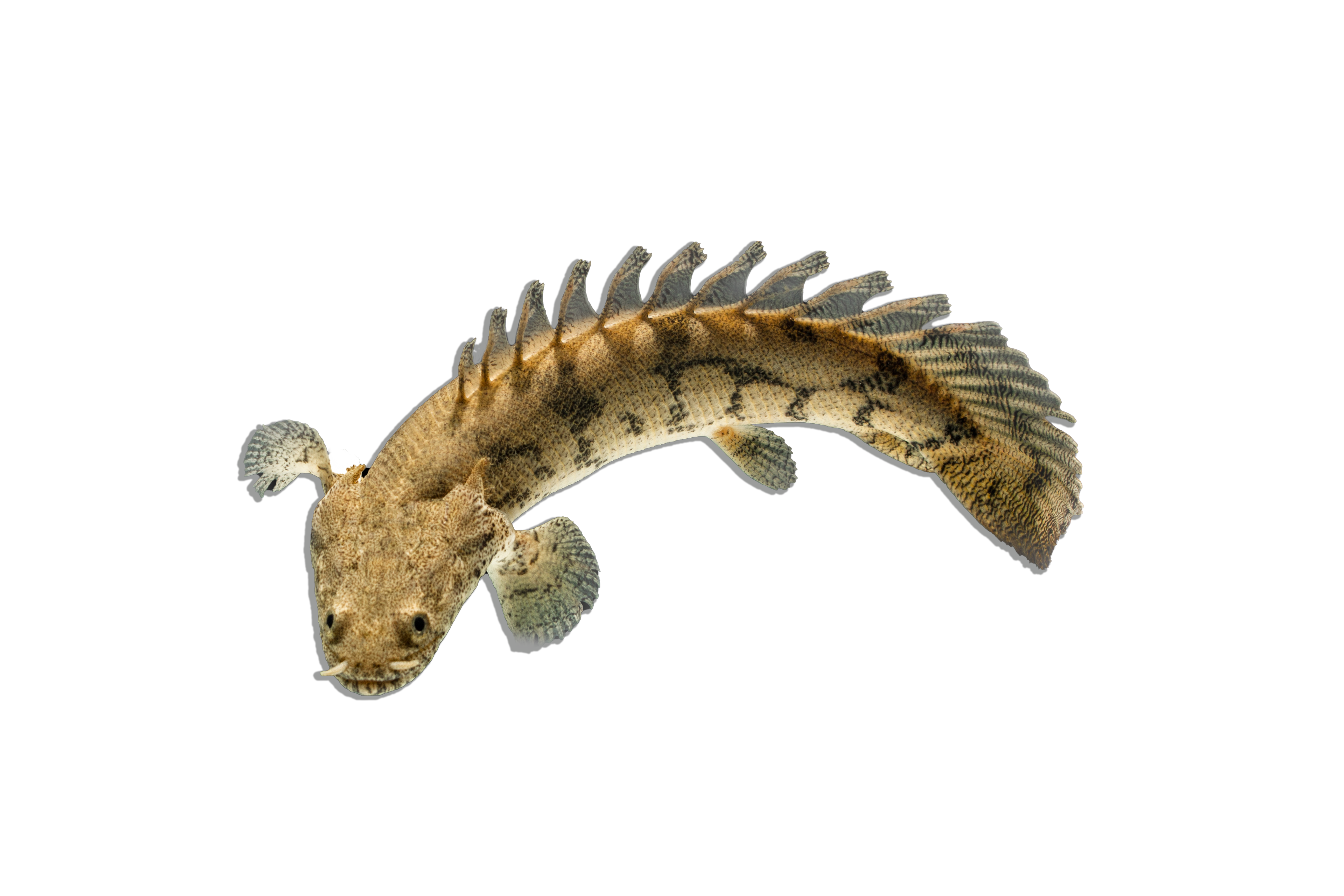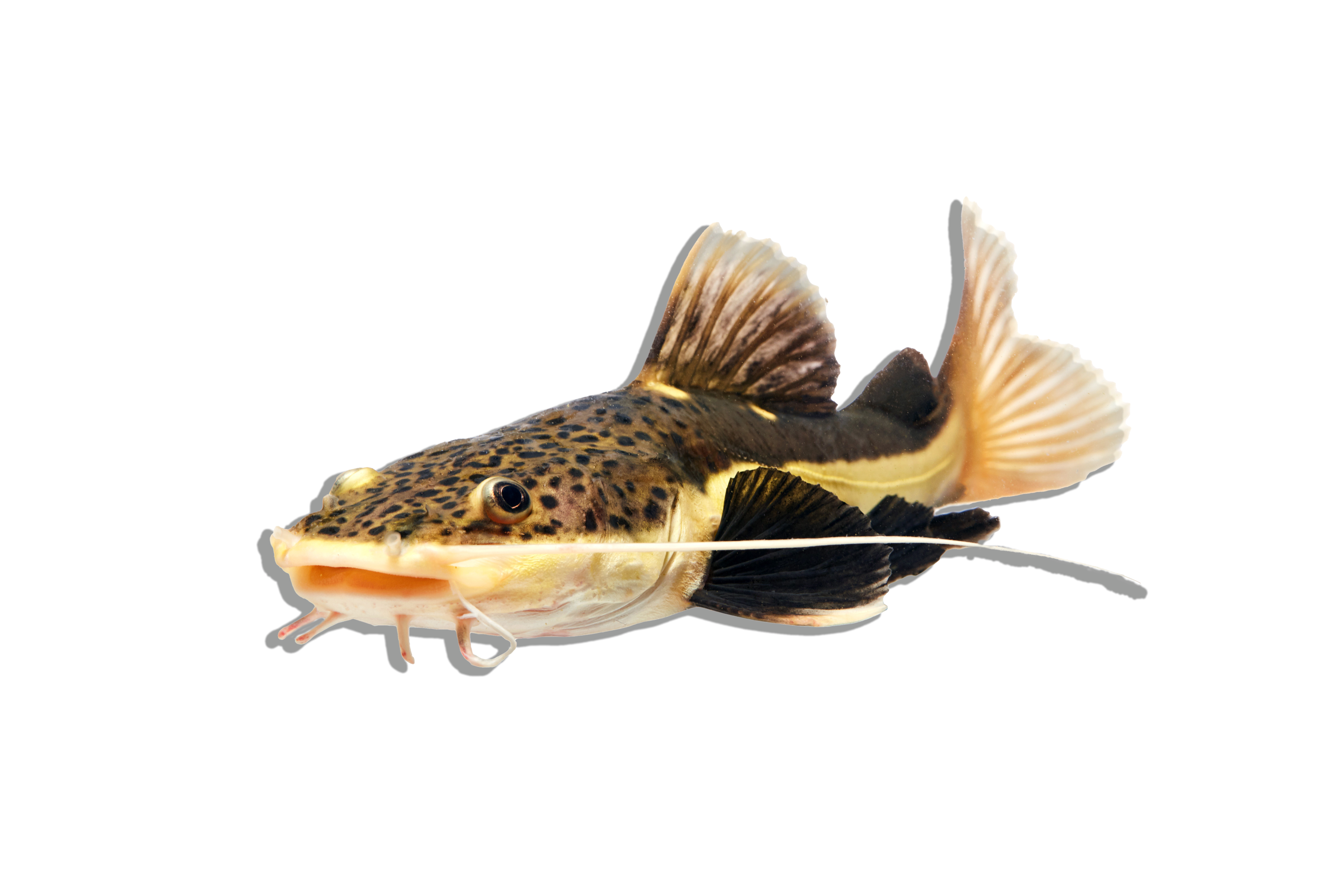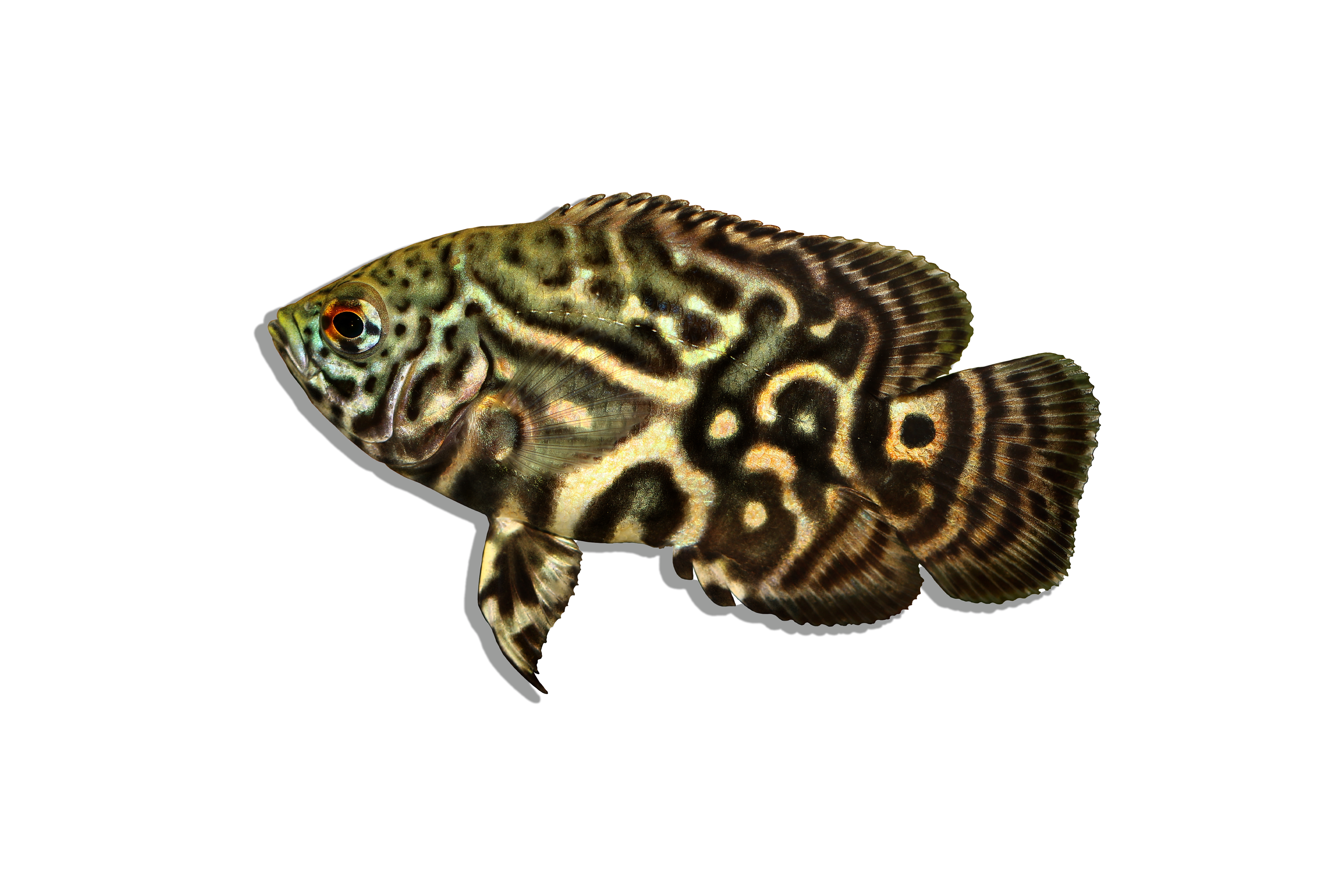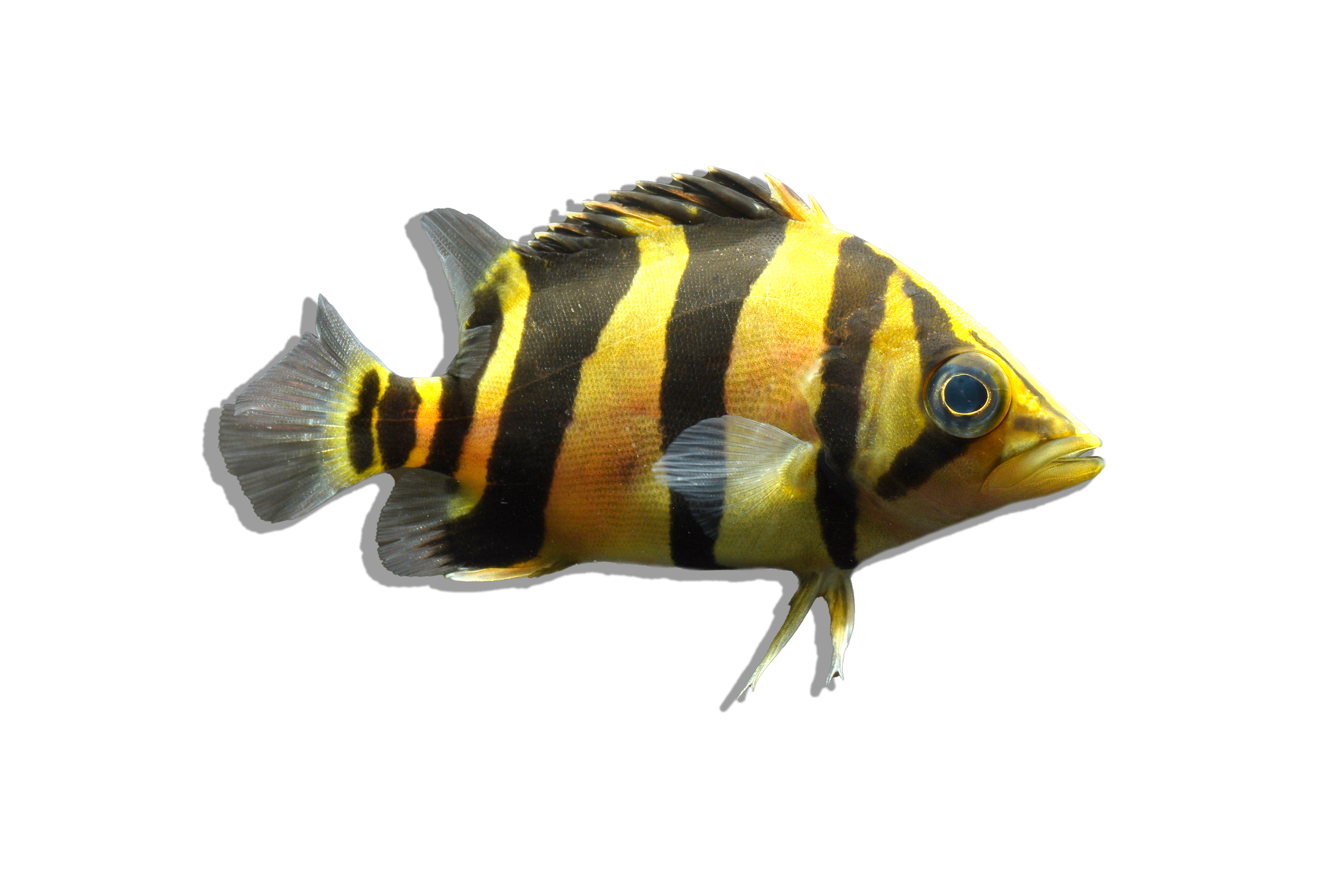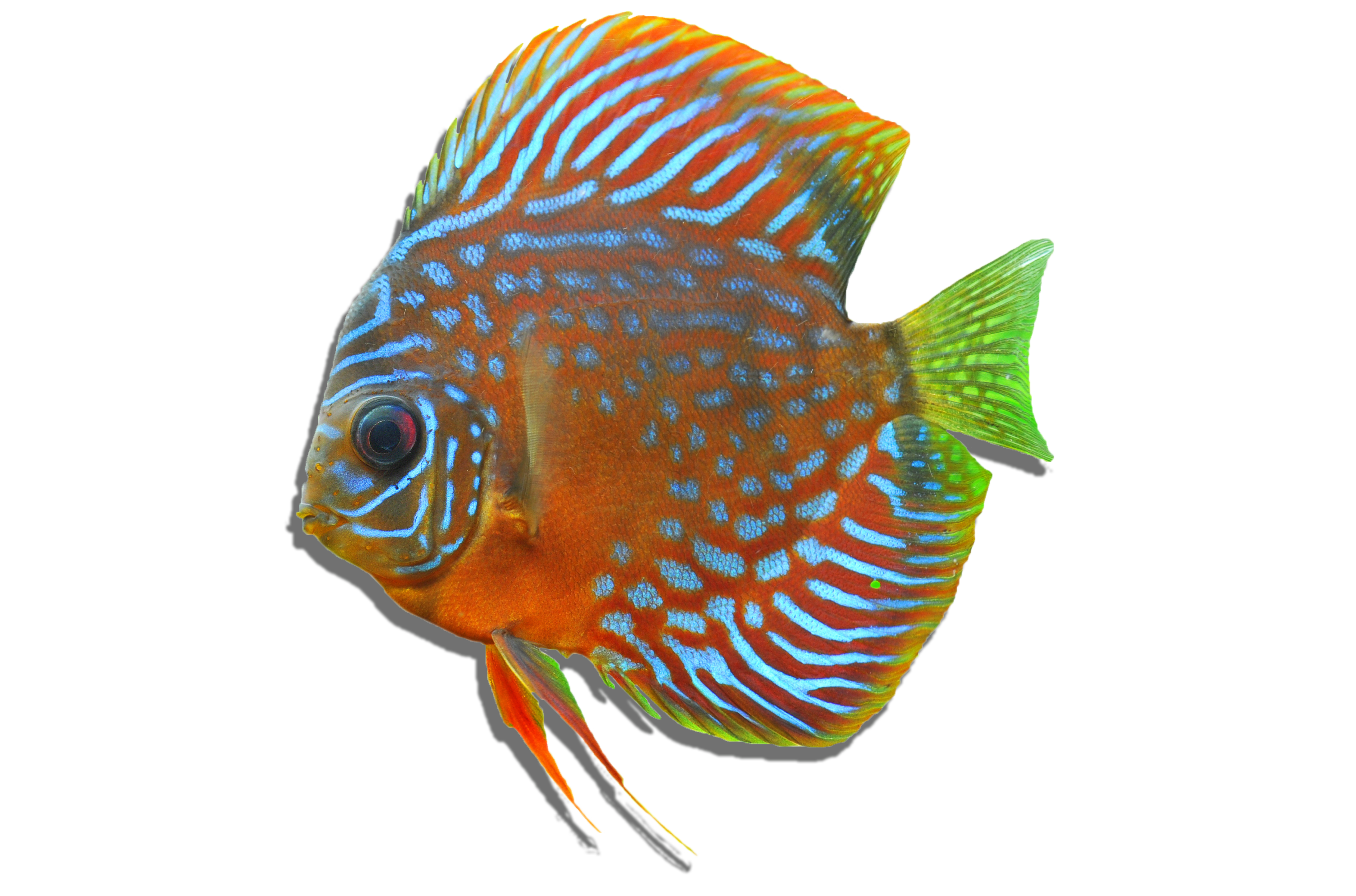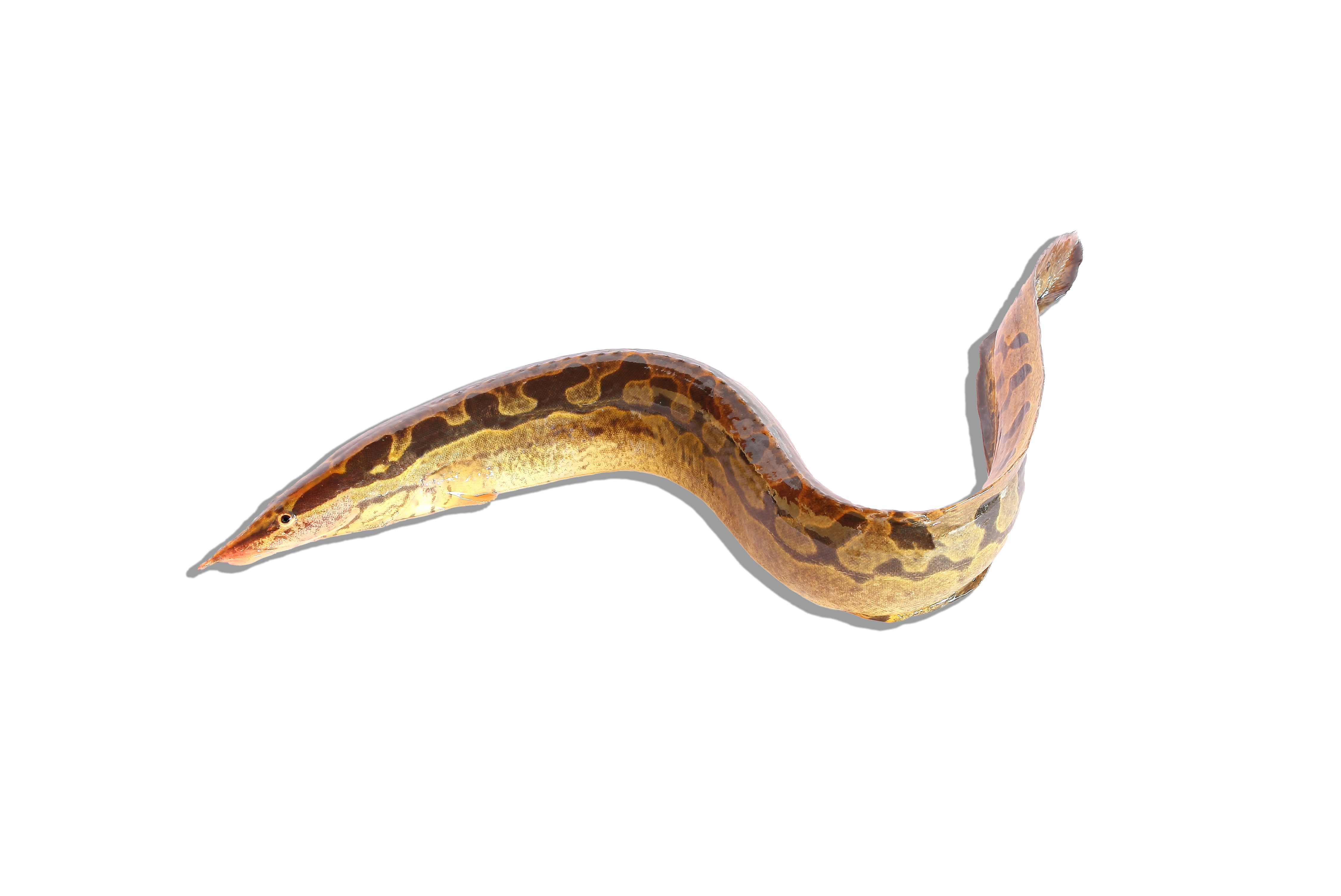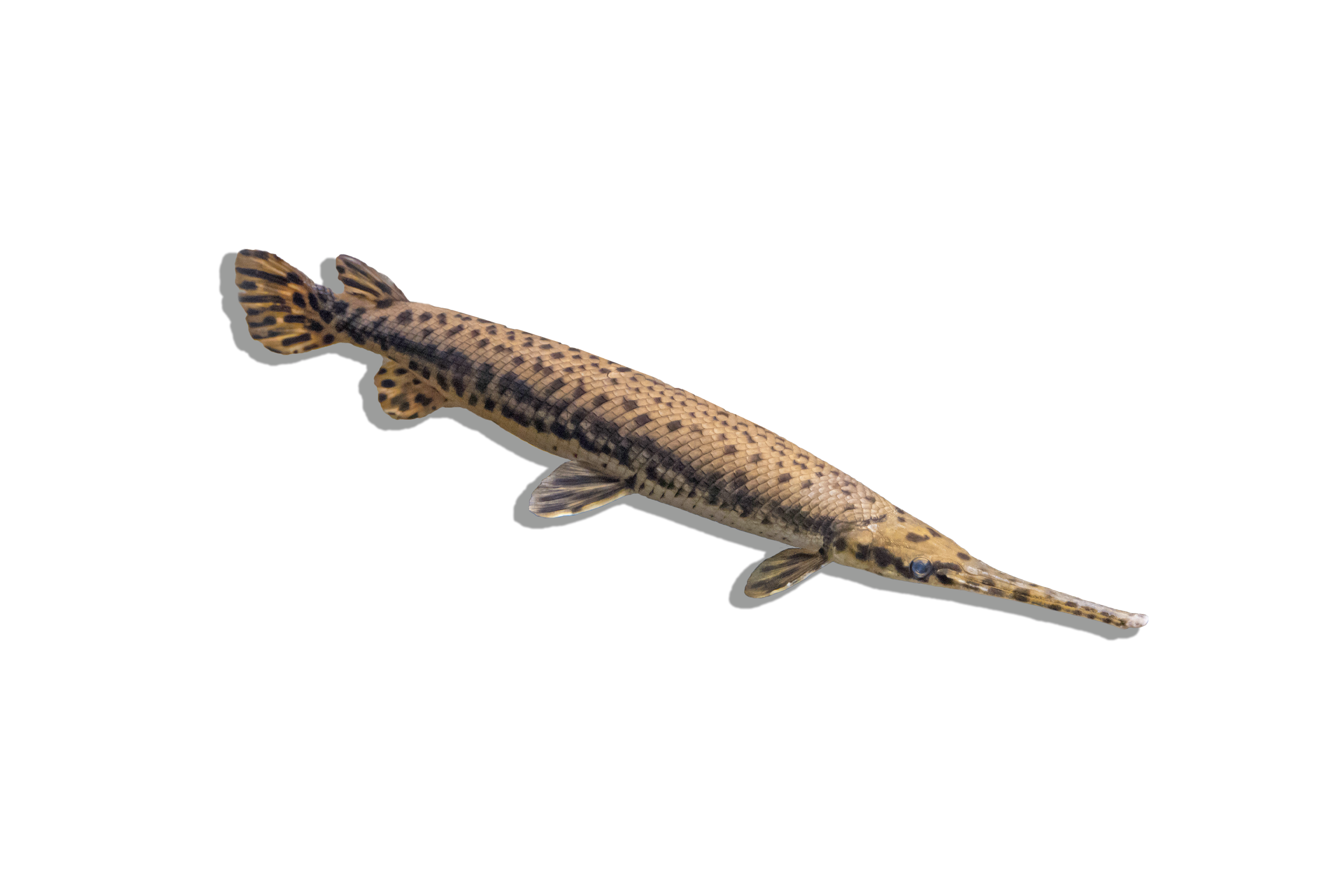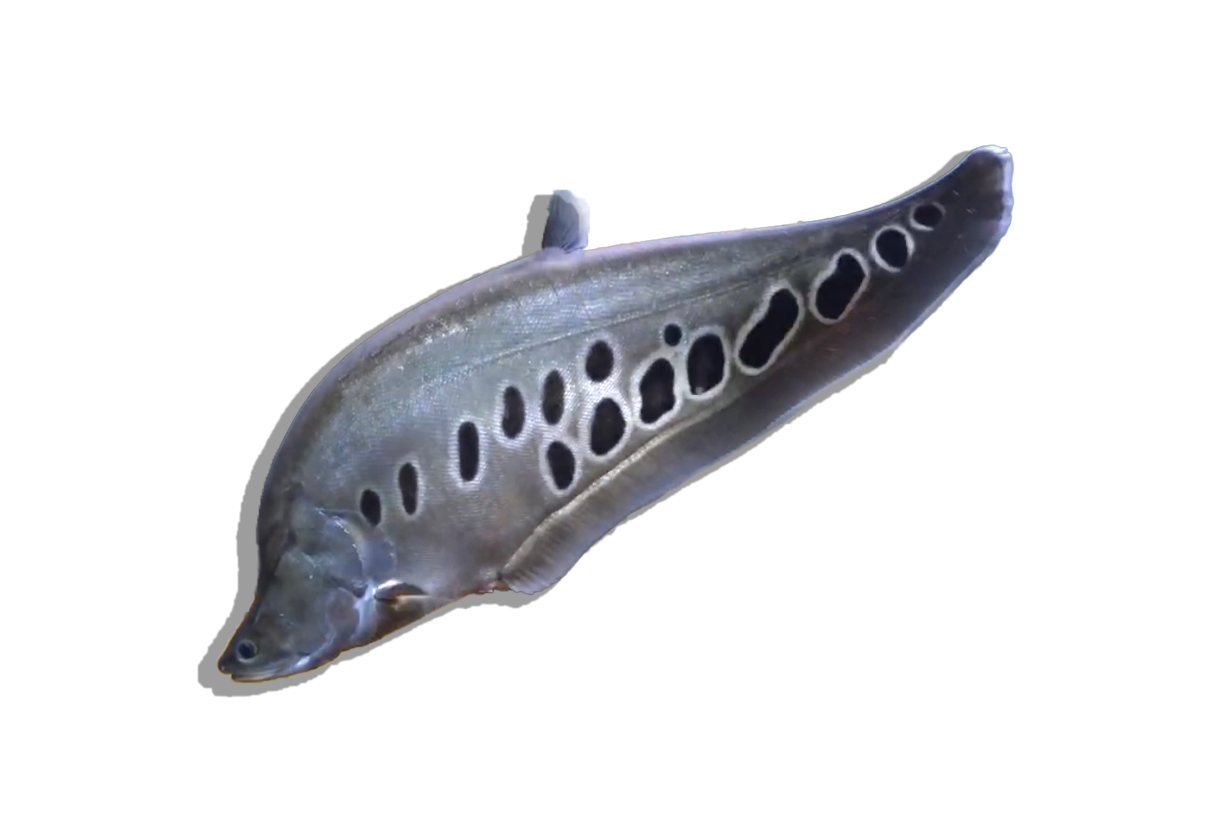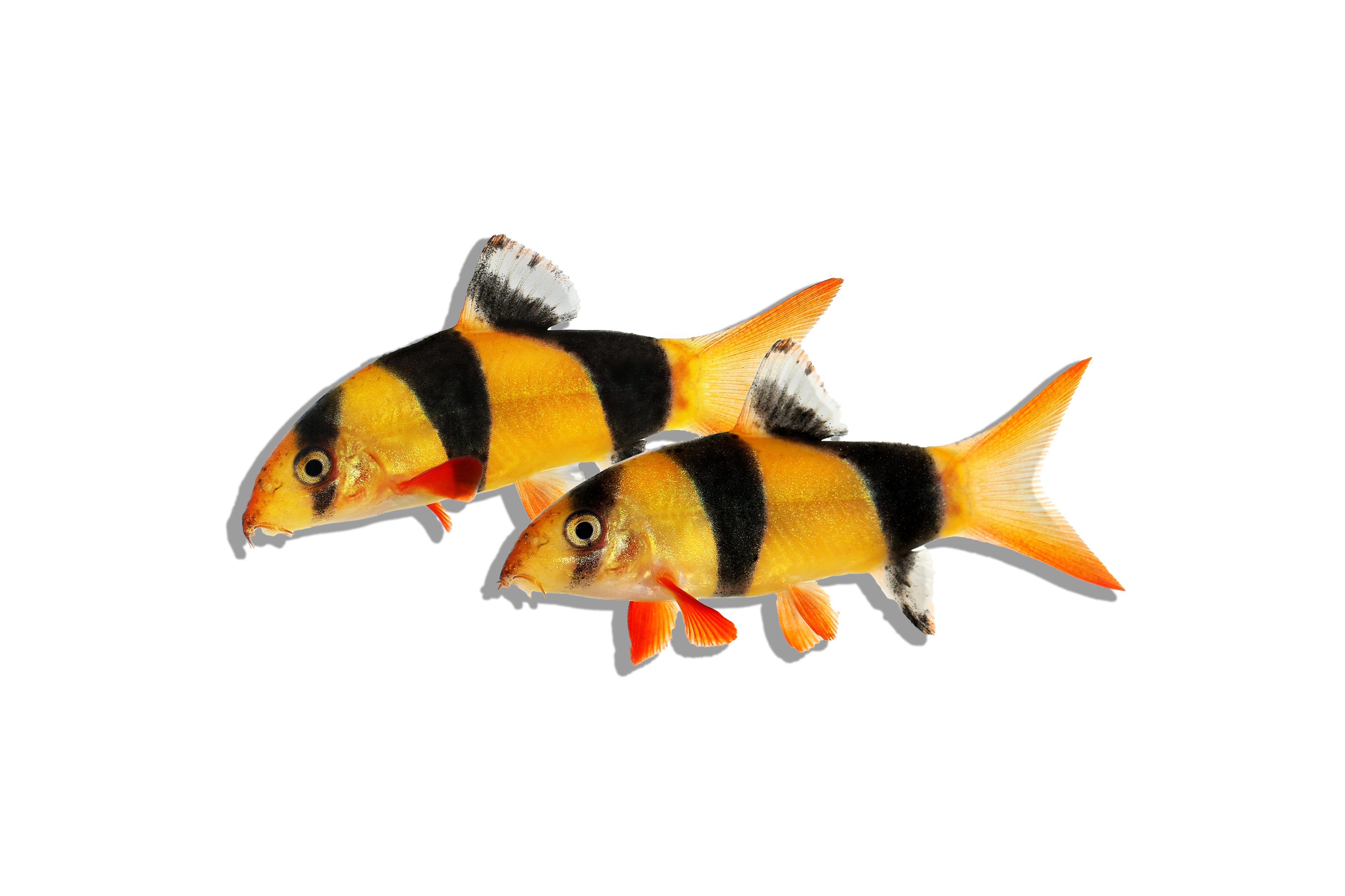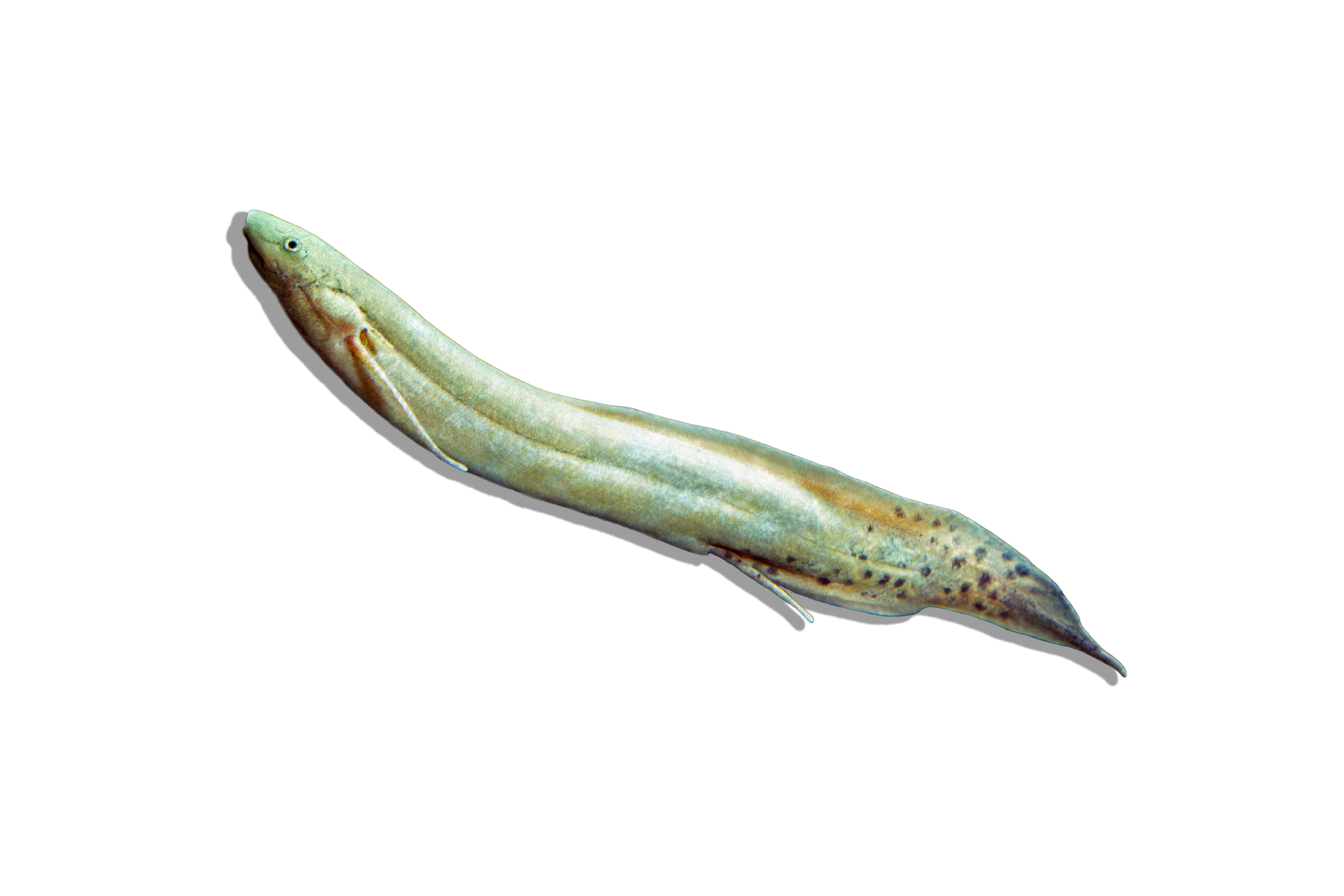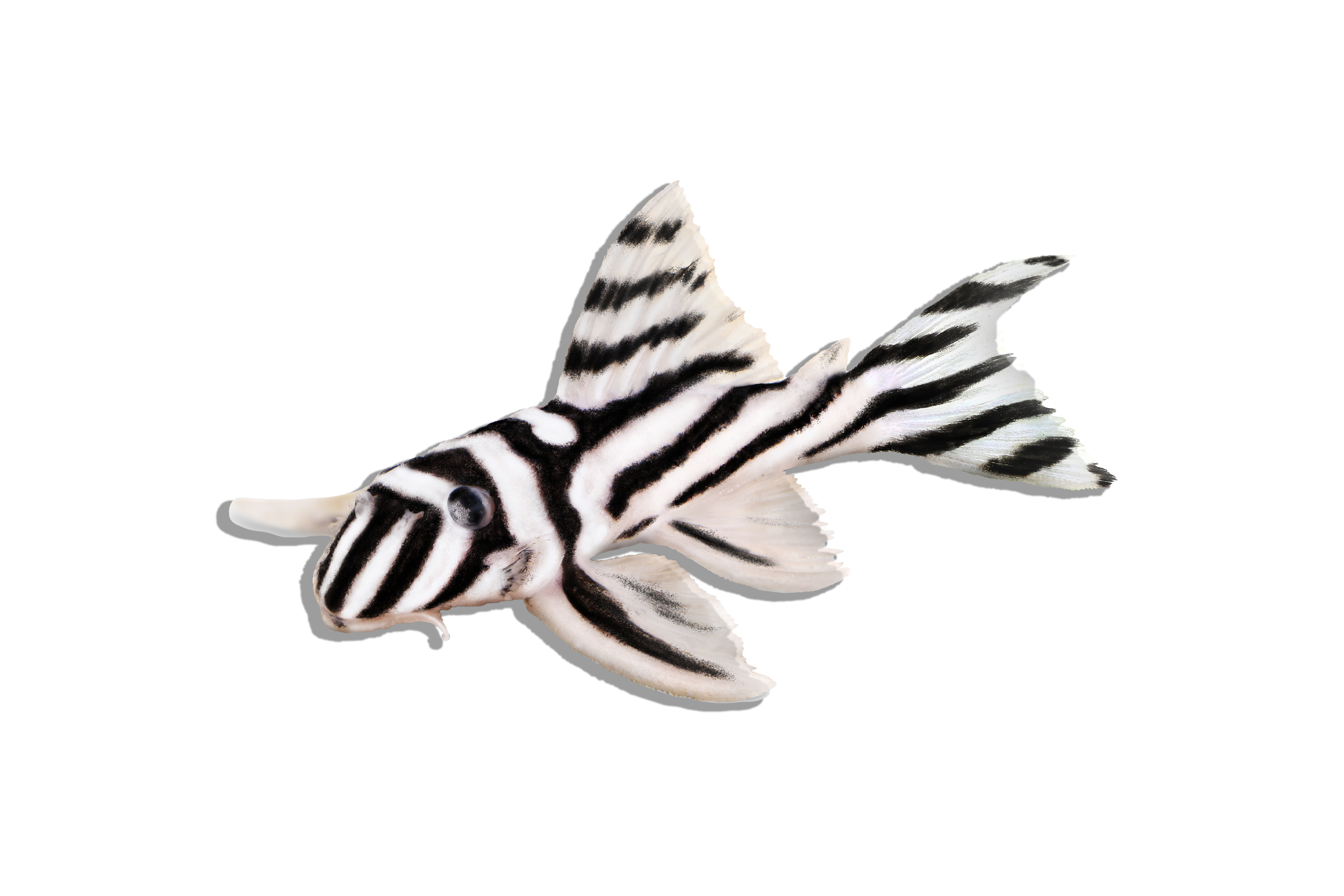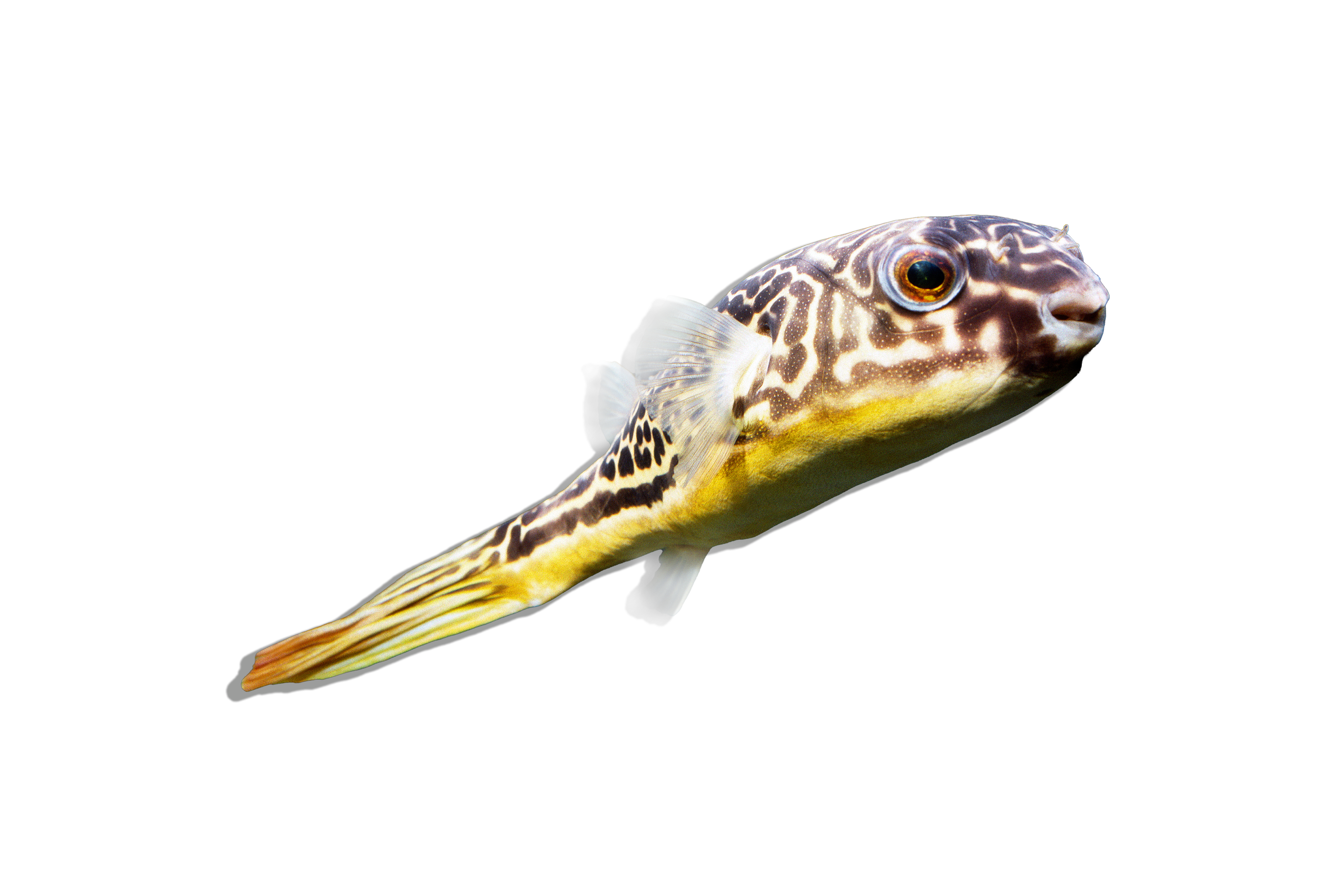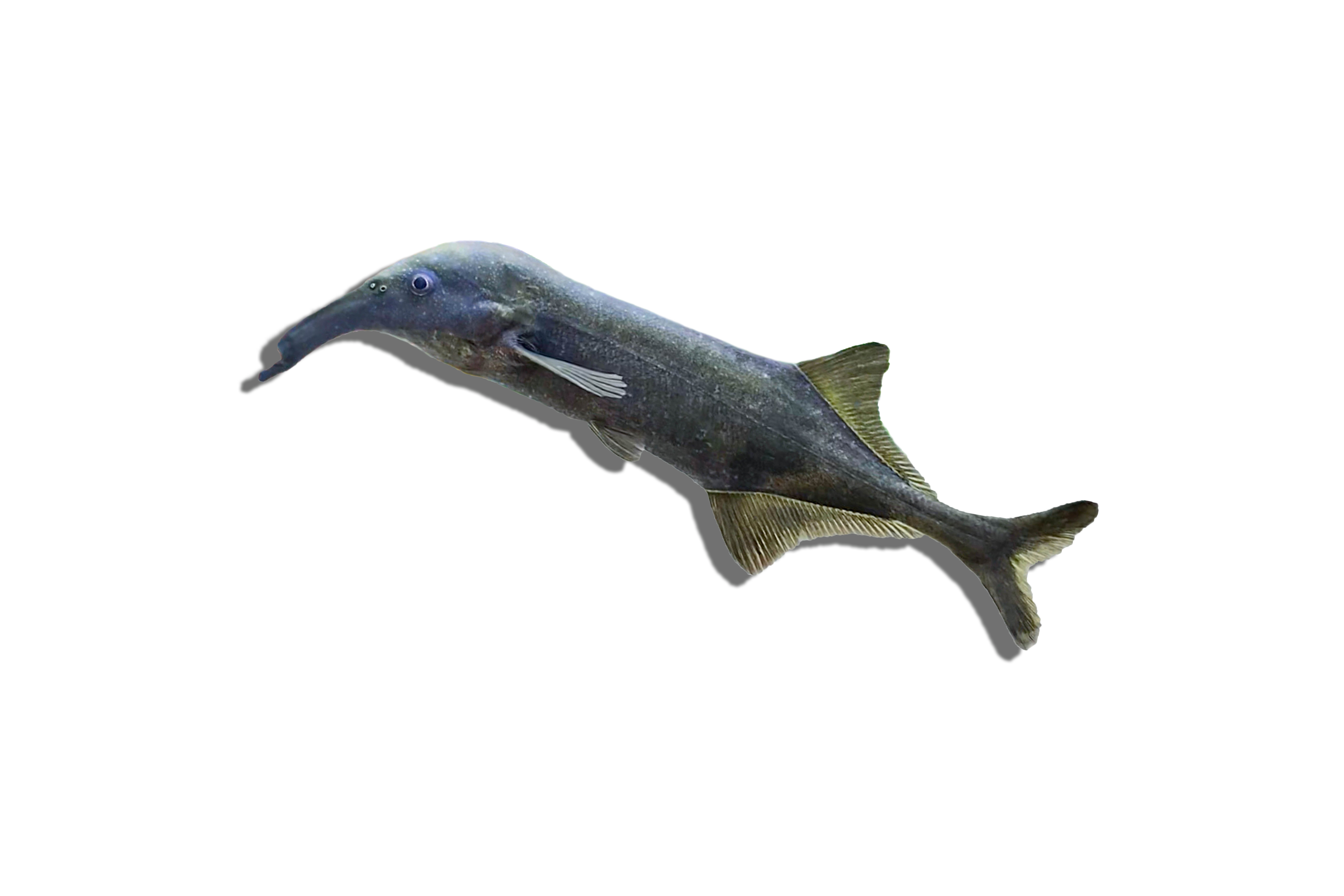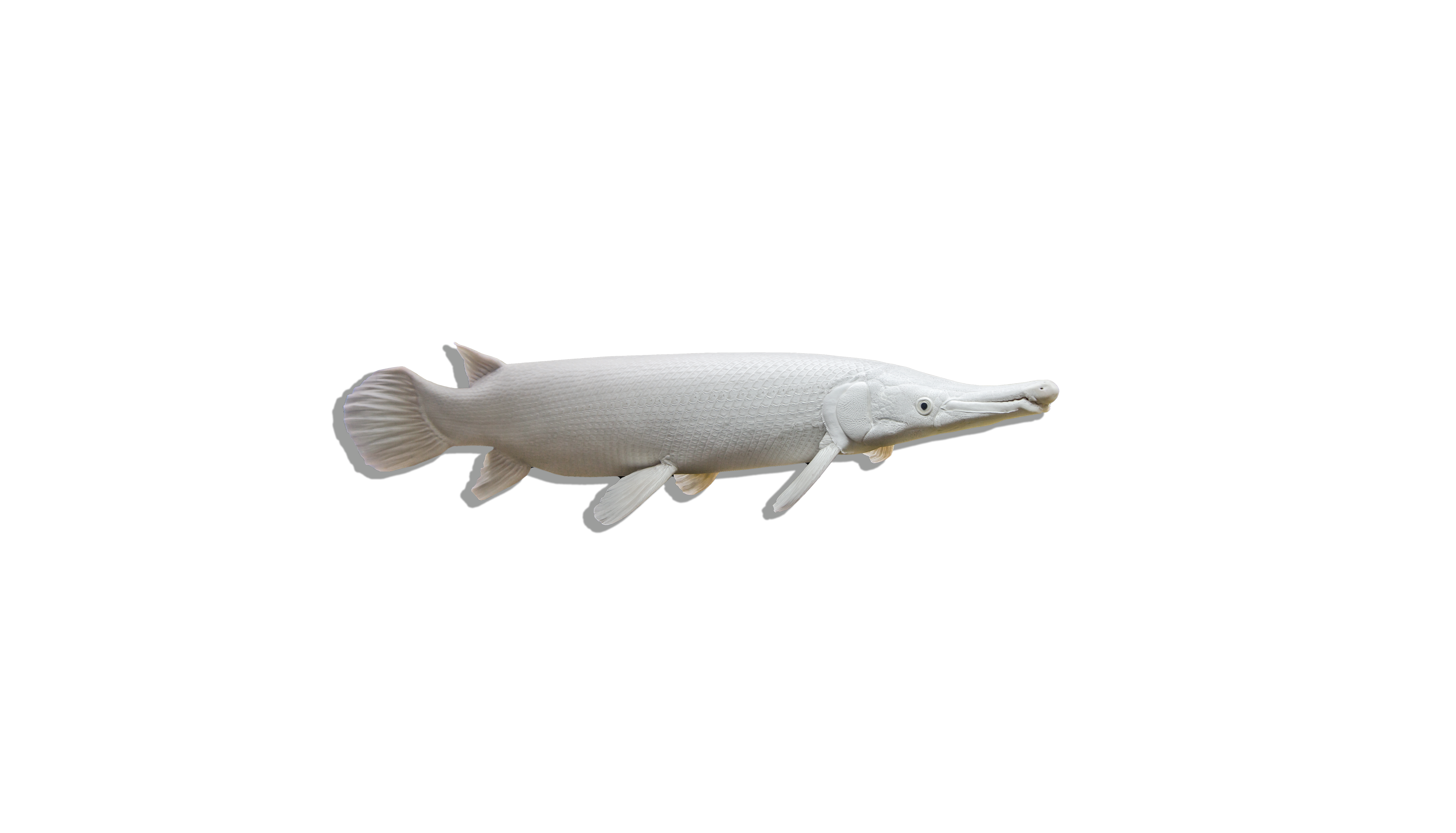Description
Common Name: Gulper Catfish
Scientific Name: Asterophysus batrachus
Other Names: Ogre Catfish, Pac-Man Catfish
The Gulper Catfish is a fascinating and formidable freshwater fish known for its voracious appetite and unique appearance. This species is characterized by its large mouth, which it uses to engulf prey whole, and its stout, almost frog-like body. The Gulper Catfish is an intriguing but challenging species to keep, requiring a dedicated and experienced aquarist.
Habitat and Distribution: The Gulper Catfish is native to the slow-moving rivers and streams of the Orinoco and Rio Negro basins in South America, particularly in Venezuela and Brazil. These fish inhabit areas with dense vegetation, submerged roots, and plenty of hiding spots. The water in their natural habitat is typically warm, soft to moderately hard, and slightly acidic to neutral.
Size and Lifespan: In both the wild and captivity, Gulper Catfish can grow up to 10-12 inches (25-30 cm) in length. Their lifespan can range from 5 to 10 years, depending on the care and conditions provided in the aquarium. Ensuring a proper diet, clean water, and adequate space are crucial for their longevity and well-being.
Diet and Behavior: Gulper Catfish are carnivorous and have a diet that includes fish, crustaceans, and other small aquatic animals in the wild. In an aquarium, they should be fed a varied diet of live or frozen foods such as fish, shrimp, and other meaty items. These catfish are known for their ability to swallow prey almost as large as themselves, so it is essential to provide appropriately sized food items. They are solitary and can be highly territorial and aggressive towards other fish, making them best suited for a species-only tank.
Breeding and Reproduction: Breeding Gulper Catfish in captivity is rare and challenging due to their specific environmental needs and aggressive nature. Little is documented about their breeding habits in the wild, and successful reproduction typically involves creating conditions that closely mimic their natural habitat. A separate breeding tank with optimal water conditions and plenty of hiding spots is necessary for any breeding attempts.
Aquarium Care and Tank Requirements: To keep Gulper Catfish, a tank of at least 75 gallons is recommended for a single fish. The tank should include plenty of hiding spots created with rocks, driftwood, and dense vegetation to mimic their natural habitat and reduce stress. A soft, sandy substrate is ideal to protect their delicate skin. Efficient filtration and regular water changes are essential to maintain water quality, as these fish are sensitive to poor conditions. Gentle to moderate water flow is suitable to replicate their natural environment.
Ideal Tank Mates: Due to their aggressive and territorial nature, Gulper Catfish are best kept alone. If tank mates are desired, they should be carefully chosen and monitored. Suitable tank mates might include other large, robust fish that can tolerate their presence, but even this carries risk. Generally, it is safest to keep Gulper Catfish in a species-only setup to prevent potential conflicts and stress.
Difficulty Level: Advanced. While they are hardy and adaptable, their specific dietary needs, aggressive behavior, and requirement for a well-maintained, spacious aquarium make them best suited for experienced aquarists.
Water Parameters:
- Temperature: 75-82°F (24-28°C)
- pH: 6.0-7.5
- General Hardness (GH): 4-12 dGH
- Carbonate Hardness (KH): 2-6 dKH
- Ammonia: 0 ppm (ideal), up to 0.25 ppm (max)
- Nitrite: 0 ppm (ideal), up to 0.25 ppm (max)
- Nitrate: <20 ppm (ideal), up to 40 ppm (max)
Additional Information:
- The Gulper Catfish’s unique appearance and voracious feeding behavior make it a captivating addition to a specialized aquarium, providing both visual interest and a unique pet-keeping experience.
- These fish have powerful jaws and a highly expandable stomach, allowing them to consume prey almost as large as themselves.
- In their natural habitats, Gulper Catfish play a role as apex predators, helping to control populations of smaller fish and invertebrates.
- Fun fact: The Gulper Catfish is named for its ability to "gulp" down large prey, using its oversized mouth to create a vacuum that sucks in its food. This impressive feeding mechanism is both fascinating and a reminder of the care needed when choosing tank mates.

